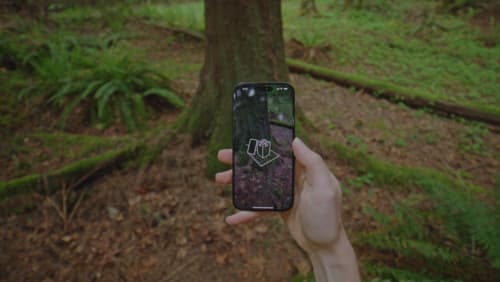visionpro camera texture
Asked on 2024-08-13
1 search
The Vision Pro camera texture can be accessed and utilized in various ways, as discussed in the session "Introducing enterprise APIs for visionOS." In this session, it is explained how you can pull video frames from the camera frame provider by requesting camera frame updates. This allows you to access the main camera, which is located on the user's left side, and use the frames in your app. This capability unlocks significant potential for enterprise applications, enabling developers to incorporate real-world visuals into their apps effectively.
For more details, you can refer to the session Introducing enterprise APIs for visionOS (04:07).

Create custom environments for your immersive apps in visionOS
Discover how to create visually rich and performant customized app environments for Apple Vision Pro. Learn design guidelines, get expert recommendations, and explore techniques you can use in any digital content creation tool to begin building your immersive environment.

Optimize your 3D assets for spatial computing
Dive into an end-to-end workflow for optimized 3D asset creation. Discover best practices for optimizing meshes, materials, and textures in your digital content creation tool. Learn how to harness shader graph, baking, and material instances to enhance your 3D scene while optimizing performance. Take advantage of native tools to work more effectively with your assets and improve your app’s performance.

Discover area mode for Object Capture
Discover how area mode for Object Capture enables new 3D capture possibilities on iOS by extending the functionality of Object Capture to support capture and reconstruction of an area. Learn how to optimize the quality of iOS captures using the new macOS sample app for reconstruction, and find out how to view the final results with Quick Look on Apple Vision Pro, iPhone, iPad or Mac. Learn about improvements to 3D reconstruction, including a new API that allows you to create your own custom image processing pipelines.
